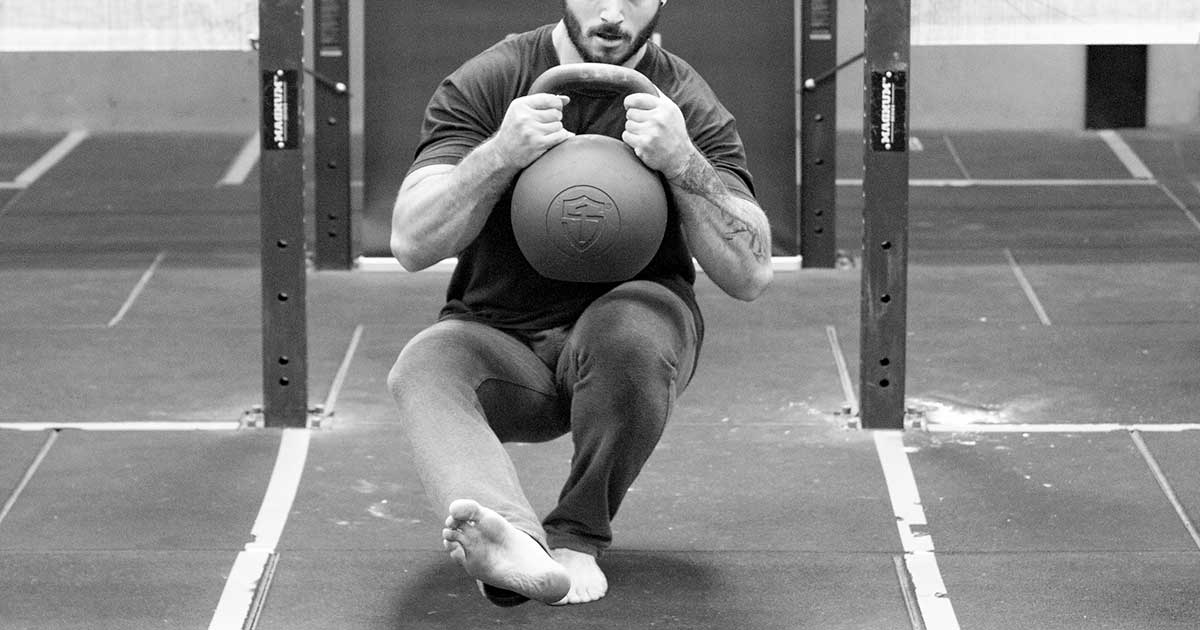@Steve Freides is there a tutorial somewhere?
I need to learn how to use some of the fancy editing on this forum... I think it would really help make my comments clearer.
@Steve Freides
You sir are anything but mediocre. I have read your posts off and on since the early 2000's. From your lifting, to your KB work, to your stretching and mobility. It has required years of hard work that you keep persisting at. It's not about the numbers for me. You are one of the people that 'quietly' inspires me to keep working hard.
at all
So much passed since last night - My primary complaint, if one wants to simplify it, was that the language itself being used in the previous posts demonstrated a defeatist attitude. All of a sudden there is an explosion of - well no, we can be more... cool!
I need to remind myself that we are missing body language and tone - this greatly affects our message as we are limited to writing. I guess that's why I love Pavel's books, I find his messages very clear.
How many people do you know that can pull a 2x BW Dead, Snatch a 32kg KB 100 ytimes in 5 minutes, gets all 4's on the FMS, can do 15 pullups, and 6 inches from a martial art split. Not to forget good blood markers, have acceptable breath and heart capacity. No one of those numbers is "ground breaking" but combined are amazing. It is above average. And consistently making small gains (to be defined) across all qualities.
OK so...
If we go back to defining GPP - and we stick with the idea of being balanced in our qualities (or making informed choices about the imbalances we will create). It is not the "end" or "top competition" numbers that matter. It is the constant progress by maintaining strengths and eliminating weaknesses that propels the 'average" person to be greater than average. So for a given time, yes we can pause training grinds because we need to spend time on other qualities. But we will also need to pause ballistics and go back to grinds when it is time to do so....
@Steve A
your comment is amazing. I'm interested in reading more about "Attia framework". Or did I misunderstand? I'm going to be a 95+ year old one day - and I want to still be on the mats throwing people around like one of my teachers. Kyoshi Georges Serei passed just shy of 98 last year. He was on the mats on the day of his death, quite literally throwing and choking us during demonstrations of techniques doing what he loves most.
@John Locke
This is my thought as well - I cannot see good health without both sides of the coin. In fact there are multiple sides that need to be addressed if we wish to remain health.
That's enough from me for now.
Great conversation all, thank you.


